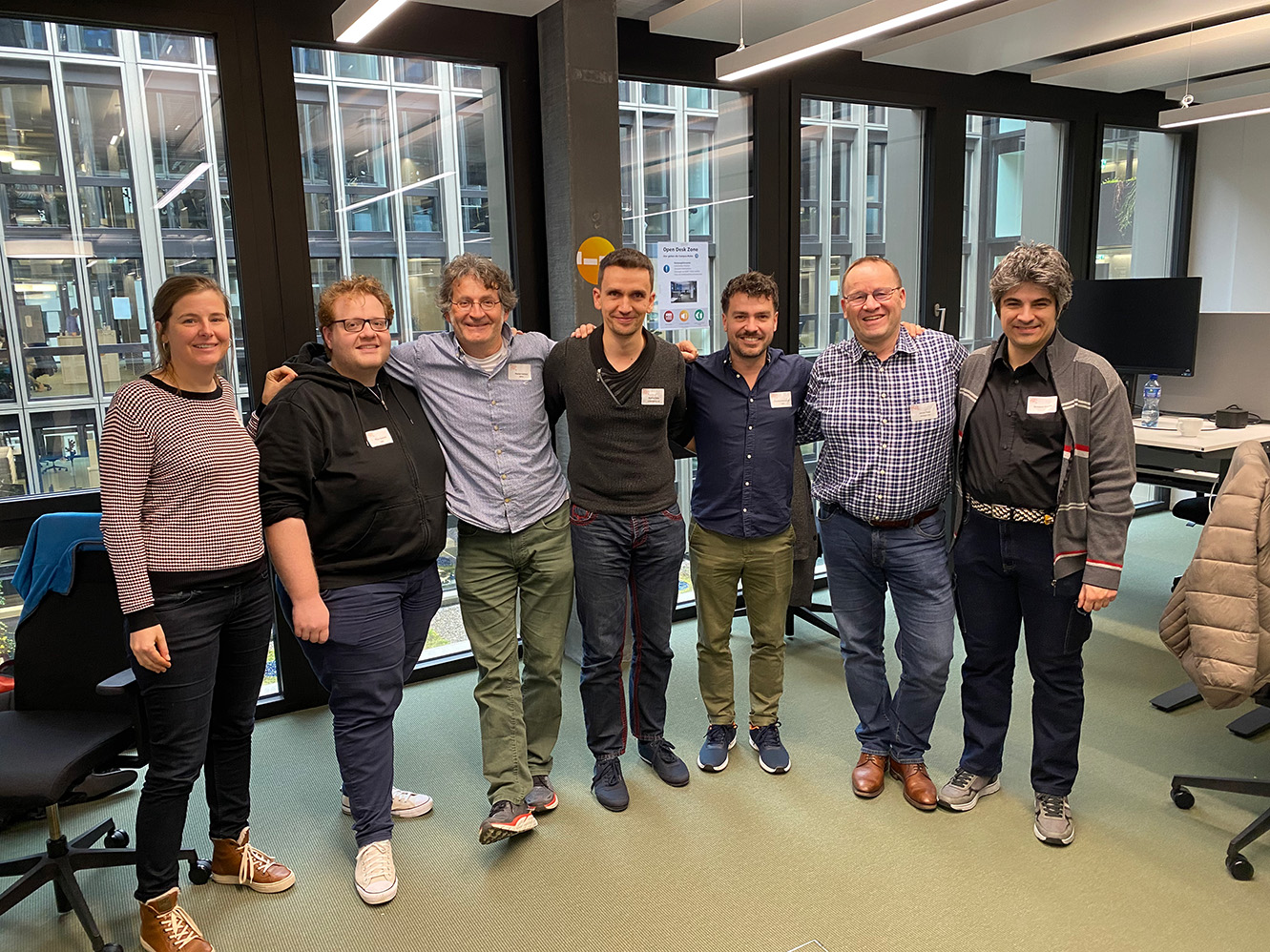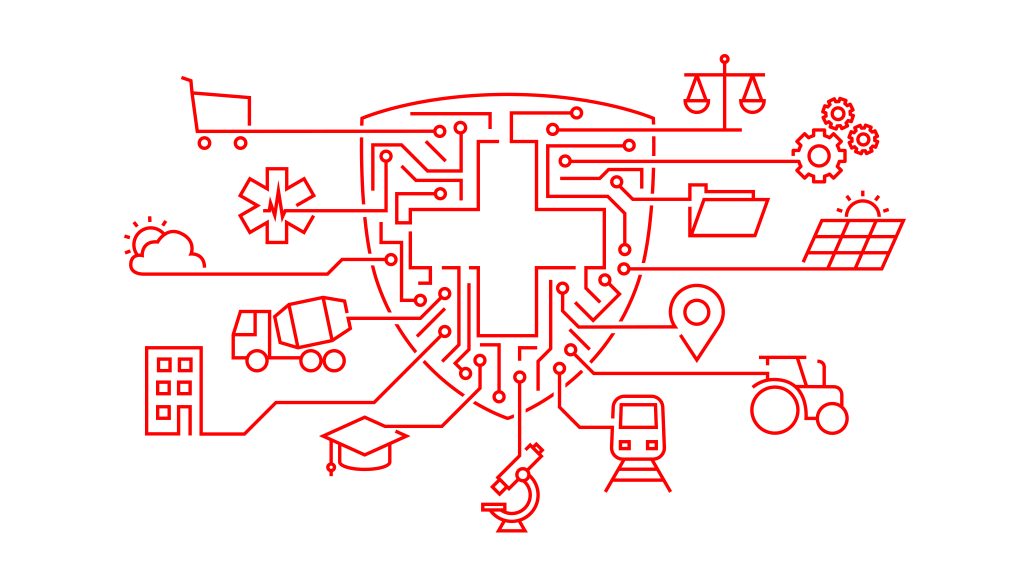Ausgangslage:
Das Bundesamt für Energie hat rund 100 OGD Produkte und erst kürzlich ein Energie-Dashboard veröffentlicht mit Energiedaten von hohem öffentlichen Interesse.
Fragestellung:
Wie kann das BFE Energiedaten nützlicher und zugänglicher für Anwendungen machen, um die digitale Innovation zu fördern?
#### **Ziel:**
Verschiedenen Möglichkeiten für API auszutesten (je nach Zusammenstellung, Vorlieben und Know-How des Teams): 🎯 Aus CSVs auf opendata.swiss API zu bauen und dabei verschiedene Möglichkeiten testen (z.B Graphql) 🎯 Bestehende API aus dem Energiedashboard dokumentieren und via Swagger Tool einfach verfügbar machen. (Bsp. ENTSO-E) 🎯 Wrapper erstellen, um aus bestehenden SPARQL Endpoints API zu erstellen.
Fragen?
Einfach an lucas.tochtermann@bfe.admin.ch schreiben
Organisation: BFE Bundesamt für Energie
Github Repository: EnablingEnergyDataforApplications
📦 File: BFE_Challenge.pdf
Project
Our great project team

Corinne Straub - Gabriel Wyss - Helmut Recher - Roby Radica - Lucas Tochtermann - Peter Janes - Daniele Scopece
What are today's pains?
Tons of cvs files...
In the current environment, developers are faced with a growing number of data sources, csv data files and APIs - it is increasingly painful to find the relevant data and understand its interpretation. Full files must first be downloaded, which can cause storage and handling issues.

What would we like to see?
Developers would love to see all the available information in one place, both the «column heading» structure information and the actual data.

How does it work?
The core deliverable of the hackneys is a flexible aggregator with a «super-API», which collects data from various sources in one place. The data structure is documented in Open API format (swagger) for user empowerment. The aggregator is scalable and adopts flexibly to new data sources.

What are the next steps?
Our hackday result is an important first step - but there is more to come!
- A standardised schema provides unified naming to make finding relevant information much easier.
- With a «dashboard builder» toolkit, non-developers can put together the dashboard of their choice in minutes.

Supporting material
CSV Data File Analysis
Schema
«Reverse Engineering» schema from CSV files.

Online Hosting
Free Python hosting on railway > Explainer Video
Other Material
Plan E
Design Sprint Swiss Energy Data Working Group für OSTRAL Kommunikation.
- Beispiel für Datendefinition (JSON Schema)
- Kurzvideo für IEWT
Previous
GovTech Hackathon 2023
Next project


